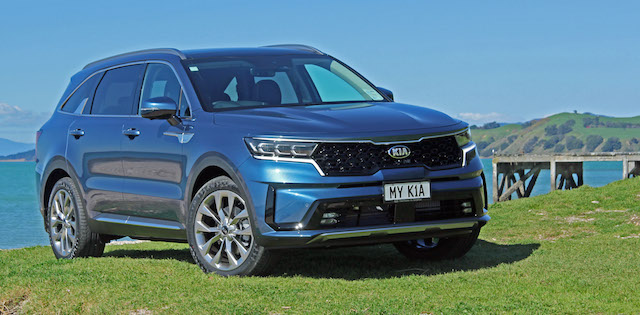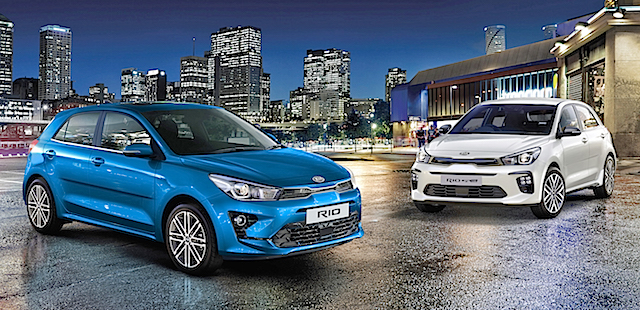
The global battery market to power EVs and consumer electronics and to store renewable energy on power grids will be worth about $NZ175 billion a year by 2030, up from around $NZ42 billion now, according to Bloomberg research.
South Korea is one of the countries leading the way in developing the technology for the EV era. The others are China and Japan. By 2025 all three Asian countries will be producing enough battery packs to power around 24 million EVs.
Then there’s the European Union. From next year it will spend $NZ900 billion – about a third of its seven-year budget – on green technology that’s certain to include batteries for EVs. Satellite factories run by the Asian giants are likely to work with homegrown European entities.
The US, meantime, lags far behind in battery production. Estimates that China alone by 2025 will have battery facilities with maximum production capacity almost doubling the rest of the world have national security implications for the US. The continuing US-China trade war aside, a China dominating world battery supply is capable of wielding exports as a political tool.
Meantime, the year 2025 is when South Korea’s Kia Motors plans to have EVs account for 20 per cent of its total global sales. It sets out next year under its ‘Plan S’ strategy to launch seven new EVs in different segments before 2027. By 2029, it aims to have EVs representing 25 per cent of sales.
Built on Kia’s new Electric-Global Modular Platform (E-GMP), Kia claims the new models will also be able to provide “best-in-class interior spaciousness”.
The announcement by Kia Motors Corp. President and CEO Ho Sung Song (pictured at top) also pointed to the company offering subscription services, as well as electric car battery leases and rental programmes.
The brand said it plans to supply around 1500 chargers to the Korean market by 2030, as well as more than 2400 chargers to Europe and 500 for North America.
“Kia has sold more than 100,000 BEVs worldwide since the introduction of our first mass-produced BEV in 2011, the Kia Ray EV,” Mr Song said.
“Since then, we have started to introduce a range of new BEVs for global markets and announced plans to accelerate this process in the years ahead. By refocusing our business on electrification, we are aiming for BEVs to account for 25 percent of our total worldwide sales by 2029.”
The first of the seven battery-electric (BEV) vehicles is expected to be unveiled next year and will reveal Kia’s new design direction, another variation on the company’s ‘tiger nose’ signature. But it is not known when it will join Kia’s only BEV in New Zealand, the Niro SUV.
Kia Motors NZ managing director Todd McDonald, like most industry chief executives, throws pixie dust at media questions about upcoming models. “That Kia Motors Corp. will be increasing the future model line-up with seven new dedicated BEVs by 2027 is most exciting,” he said.
McDonald has steered Kia over the past decade or so to new heights in New Zealand. Two of its SUVs, Sportage and Seltos, sit at numbers two and three on the list of top 15 nameplates, behind the Toyota RAV4 at number one.
In a Covid-hit year, Kia has grown sales over 2019. “The New Zealand automotive landscape is experiencing unprecedented adaptions on multiple fronts and Kia has taken the opportunity to develop our network and refresh our existing product line-up,” said McDonald.
Sportage and Seltos have just been joined by Kia’s premium SUV, the seven-seat, all-wheel-drive Sorento (above). The fourth-generation model is slightly longer and wider than the outgoing Sorento and has a 35mm-longer wheelbase. Boot space is up by 32 per cent and braked towing capacity 25 per cent to 2500kg.
Each of the four Sorento models run a 2.2-litre turbo-diesel delivering 148kW/440Nm and mated to an eight-speed double-clutch transmission. The range is priced between $59,990 and $76,990. Equipment levels include an alphabet soup of safety stuff.
Also new to the line-up is the refreshed Rio hatchback (below). It gets cosmetic changes inside and out along with improved safety kit. The EX and Limited models run a 1.4-litre engine mated to either six-speed manual or automatic transmissions. The GT Line and GT Line + are powered by a turbocharged 1.0-litre engine driving the front wheels through a seven-speed duel-clutch unit. The new-look Rio is priced from $22,990.


